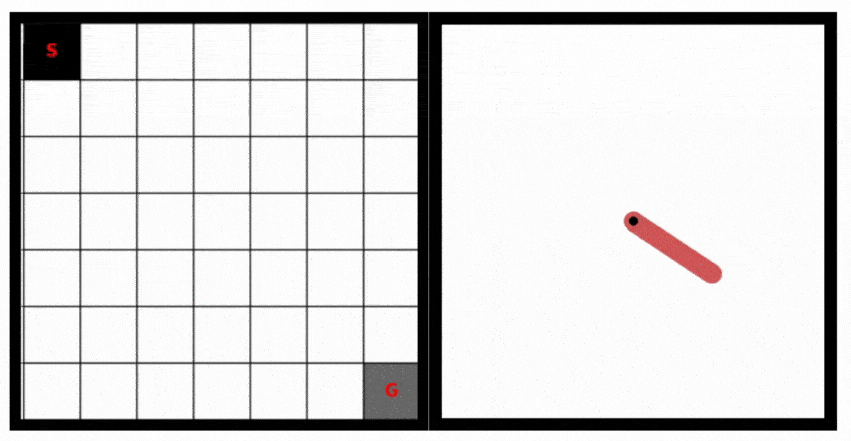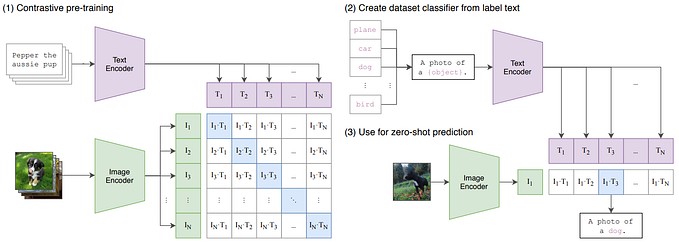Before Large Scale Integration Transistors Were Expensive
That’s When I Designed A Game Using Switches As Logic Gates

A tic-tac-toe game built with double-pole double-throw switches and light bulbs for a 6-grade science project was my introduction to programming.
FORTRAN 4 was the first programming language that I learned as a junior in high school admitted to a college-level class at UW-M.
I didn’t understand the anxiety of others over the upgrade to FORTRAN 5.
Programs were entered on a keypunch keyboard onto 80-column punched cards, one line to a card.
A program would be written on a stack of cards.
Watch when a programmer drops a stack of cards and then breaks down and cries.
Not impressed, I moved on without it.
When my interests shifted to the arts I brought along a certain knack for technology. I was drawn to 8mm art film production.
I made art with mimeograph machines and offset printing.
By the early 1980s, I was making video art with SONY Portapak EFP (Electronic Field Production) equipment and a 3/4 inch videotape.
Then I moved into studio production, multiple camera shoots, and production switchers along with 16mm filmmaking in a double-major program at UC-SD.
At the same time, I acquired an ARPANET email account through the university and learned CADD (Computer-Aided Drafting and Design) which resembled HTML, all run from a terminal connected to a mainframe.
This was before WYSIWYG (What You See Is What You Get) and you had to send it to a printer to see the results.
In graduate school at HSU, I majored in Directing for Theatre and Film while writing my first screenplays on a personal desktop computer.
Soon after graduation, I purchased my first computer to digitize video, nonlinear edit video, and build websites. I was well-paid to hand-code HTML pages.
Recruited to integrate digital video production with the existing analog production equipment for the faculty and grad students at UCSD I looked forward to once again being on campus.
Before I left I took the intro to programming courses at UCSD which were run with C/C++ at the time. I did well.
Moving to Maui, I started teaching HTML, CSS, JavaScript, PHP, and Adobe software at the college. I built the college’s relational database they used to track teachers, classes, and students. I also rebuilt computers, installed software, and offered general computer services.
I bought a printer with archival-quality ink and made computer art with Poser, Bryce, and Photoshop. No one cared. I moved on.
Then I developed an interest in computer security and the Python programming language.
Pause here for many years of unproductive drama.
Back with computers, I started with the free Google classes on machine learning and AI. With Adobe going with SaaS, I switched to GIMP. I joined DreamStudio.
Now I make NFTs starting with DreamStudio AI output and layer them in GIMP. Sometimes I make animated GIFs in GIMP. Sometimes I use those images and animations in producing mp4 videos.
I bought a pair of Orange Pi 5+ single-board computers. Generative AI and VRM avatar production are now on the menu.
It seems things are about to get weird.
“One must give value to their existence by behaving as if one’s very existence were a work of art.” ~Friedrich Nietzsche
I’m creating a digital clone of my best self with Edge AI.
It will learn.
It will create.
It will think it remembers writing this.
I hope we make it to the stars.







